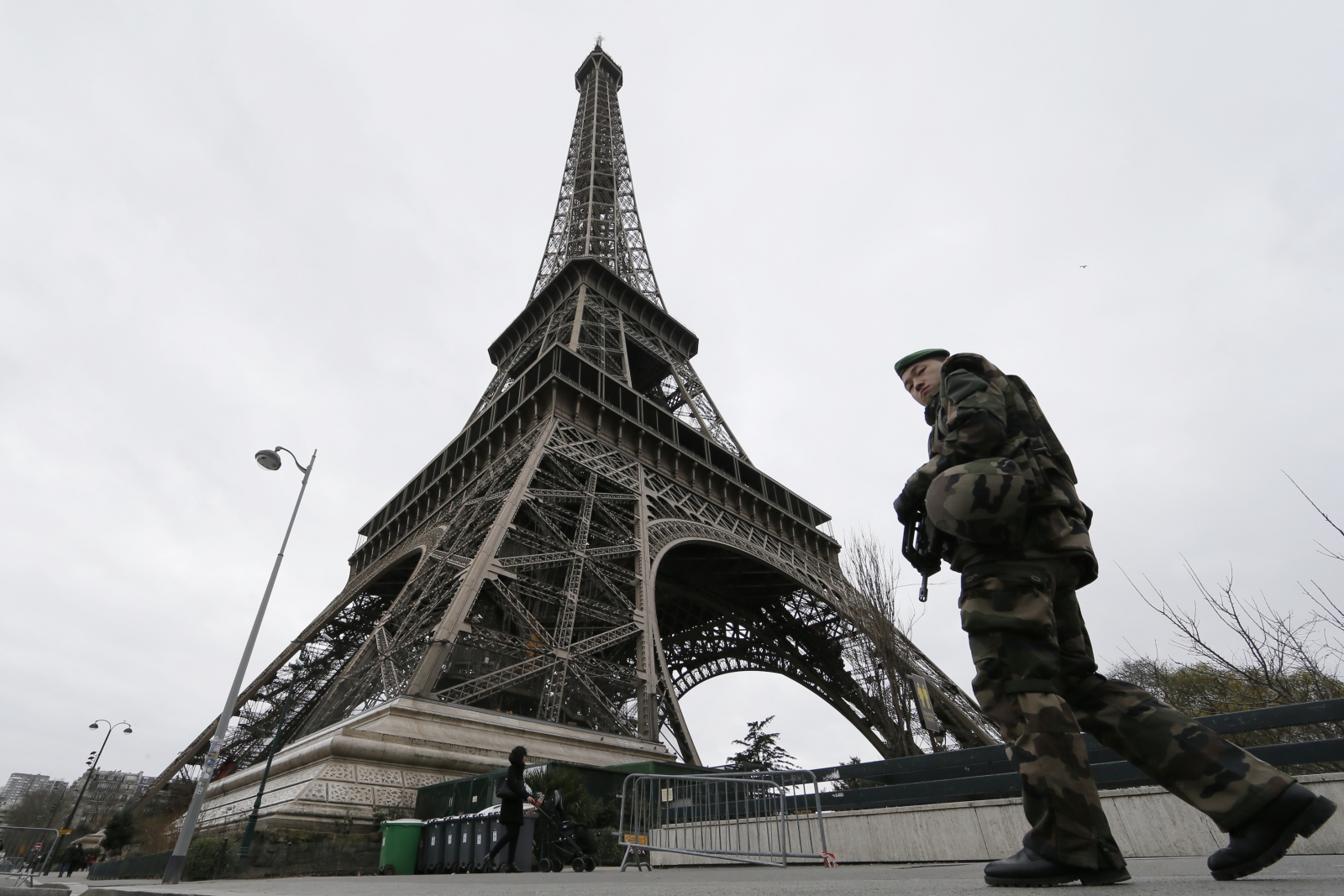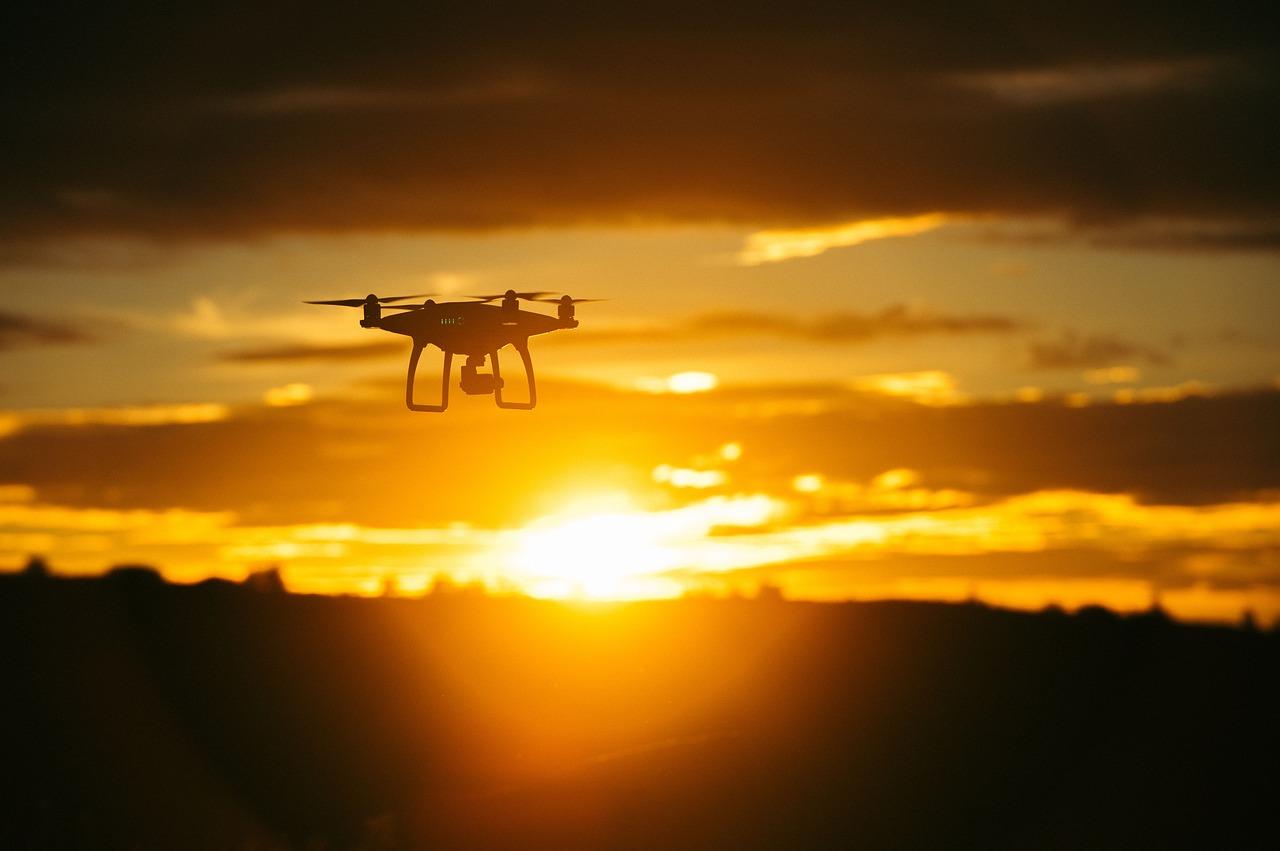Mystery drone sightings are increasingly common, sparking curiosity and concern. What exactly constitutes a “mystery drone”? It’s a term encompassing anything from a seemingly innocuous quadcopter with obscured origins to a highly sophisticated, clandestine aerial vehicle. This ambiguity arises from the diverse applications of drone technology, ranging from commercial photography to military surveillance, making identification and attribution incredibly challenging.
We’ll explore the technological capabilities, societal implications, investigative techniques, and countermeasures related to these enigmatic flying machines.
From the relatively simple, commercially available drones to potentially advanced, stealthy models, the range of possibilities is vast. Understanding the technological advancements that allow some drones to remain undetected is crucial, as is recognizing the potential for misuse in various contexts. We will examine the ethical and legal dilemmas posed by these unidentified aerial systems, exploring their potential benefits and significant risks across sectors like law enforcement, journalism, and the military.
Defining “Mystery Drone”
The term “mystery drone” encompasses a broad range of unmanned aerial vehicles (UAVs) whose origin, purpose, or operator remains unknown or unclear. The ambiguity stems from the vast diversity of drone designs and applications, coupled with the ease with which drones can be modified or operated clandestinely.
Examples of Mystery Drone Scenarios
Several scenarios illustrate the ambiguity. A drone sighted over a military base without identification could be a legitimate surveillance tool or a potential threat. Similarly, a drone carrying an unknown package delivered to a residential area raises concerns about its purpose and legality. A drone detected near a critical infrastructure facility could be involved in reconnaissance or sabotage. The context significantly shapes how we perceive the drone, altering its classification from a mere curiosity to a serious security concern.
Interpretations of “Mystery Drone” Based on Context
The interpretation of “mystery drone” varies significantly depending on the context. In a military setting, a mystery drone might represent a hostile reconnaissance device or even a potential weapon. For civilians, it could signify a privacy violation, a potential hazard, or simply an unidentified object in the sky. Law enforcement agencies might view a mystery drone as evidence in a crime or a tool used by criminals.
Each context dictates the level of concern and the investigative approach.
That mystery drone sighting has everyone buzzing! To understand the potential tech involved, checking the current open ai status might offer clues. AI advancements are rapidly changing drone capabilities, so keeping tabs on this is key to solving the puzzle of that unidentified aerial vehicle. It could be anything, really!
Types of Drones Classified as “Mystery”

Various drone types can fall under the “mystery drone” umbrella. These range from commercially available models modified for clandestine operations to highly sophisticated, custom-built UAVs designed for specific covert missions. This includes small, quadcopter-style drones easily concealed and launched, to larger, fixed-wing drones capable of extended flight durations and carrying heavier payloads. Even modified consumer drones with altered software or hardware can fall into this category.
Technological Aspects of Mystery Drones
The ability of a drone to remain a “mystery” often relies on advanced technologies designed to mask its presence and obscure its origins.
Technologies for Undetectability and Identification Obscuration
Several technologies contribute to a drone’s ability to evade detection. These include materials designed to absorb radar signals, specialized coatings to reduce infrared signatures, and the use of low-power, low-frequency communication systems to avoid detection by standard monitoring equipment. Advanced encryption techniques and sophisticated flight control systems can further hinder identification efforts.
Comparing Commercially Available and Clandestine Drones

Commercially available drones typically lack the advanced cloaking technologies and sophisticated flight control systems found in clandestine models. However, even readily available drones can be modified to increase their stealth capabilities. Clandestine drones, on the other hand, are often designed from the ground up with a focus on covert operations, utilizing materials and technologies unavailable to the general public.
Challenges in Tracking and Identifying Unknown Drones

Tracking and identifying unknown drones present significant challenges. The sheer number of drones in operation, coupled with the potential for sophisticated cloaking technologies, makes detection difficult. The lack of standardized identification systems for drones further complicates matters. Existing surveillance systems may not be equipped to handle the range of potential threats, especially those utilizing advanced evasion techniques.
Societal Implications of Mystery Drones
The rise of mystery drones introduces a range of societal implications, spanning from privacy violations to national security threats.
Potential Scenarios of Mystery Drone Misuse
Mystery drones could be misused for various illicit activities, including surveillance, smuggling of contraband, targeted attacks, or even acts of terrorism. Their potential for covert operations makes them attractive tools for criminal organizations and hostile actors. The ease with which they can be deployed and their relative anonymity contribute to this risk.
Hypothetical News Report: Mystery Drone Discovery
Headline: “Unexplained Drone Spotted Over City Center Sparks Investigation.” The article would detail the discovery of a sophisticated, unidentified drone hovering over a densely populated area. Authorities would be quoted expressing concerns about potential threats to public safety and national security. The report would highlight the drone’s unique design features and unusual flight patterns, emphasizing the challenges in identifying its origin and purpose.
Speculation on potential motives would be included, along with updates on the ongoing investigation.
Ethical Concerns Surrounding Unidentified Drones
The use of unidentified drones raises significant ethical concerns, particularly regarding privacy and security. The potential for covert surveillance and the difficulty in tracing the origins of such drones raise serious questions about accountability and the balance between security and individual liberties.
Potential Benefits and Risks of Mystery Drones
| Sector | Potential Benefits | Potential Risks | Mitigation Strategies |
|---|---|---|---|
| Law Enforcement | Covert surveillance, evidence gathering | Privacy violations, misuse by criminals | Strict regulations, oversight mechanisms |
| Journalism | Access to restricted areas, unique perspectives | Legal challenges, safety concerns | Ethical guidelines, safety protocols |
| Military | Intelligence gathering, targeted operations | Escalation of conflicts, collateral damage | International treaties, strict rules of engagement |
| Commercial | Delivery of goods, inspection of infrastructure | Security breaches, data theft | Robust cybersecurity measures, encryption |
Investigative Approaches to Mystery Drones
Investigating a mystery drone involves a systematic approach combining various investigative techniques.
That mystery drone sighting got everyone buzzing! It’s making me think about the kind of advanced drone tech out there, like what you’d see at a big event like the drone paris show. Maybe that mystery drone was a prototype, or maybe something even weirder. Either way, the whole thing is super intriguing and makes you wonder what else is flying around unseen.
Steps in Investigating an Unknown Drone
The investigation begins with securing the scene (if applicable) and collecting physical evidence such as drone wreckage, flight data recorders (if present), or any associated materials. This is followed by analyzing the physical evidence to determine the drone’s type, capabilities, and possible origin. Digital forensics may be used to analyze any onboard data storage or communication logs. Finally, intelligence gathering and witness testimonies are used to piece together a comprehensive picture of the drone’s activities and purpose.
Flowchart for Analyzing Drone Wreckage or Flight Data
A flowchart would start with “Drone Wreckage/Flight Data Acquired,” branching into “Physical Examination (materials analysis, structural assessment),” “Data Extraction (if applicable),” “Data Analysis (flight patterns, communication logs),” “Cross-referencing with databases (manufacturer information, registration data),” and culminating in “Report Generation (conclusions and recommendations).”
Sources of Information for Identifying a Mystery Drone
- Flight patterns (GPS data, witness accounts)
- Visual characteristics (make, model, unique markings)
- Radio frequencies (communication signals, control signals)
- Component analysis (manufacturer markings, unique components)
- Digital forensics (data recovery from onboard storage)
Using Evidence to Build a Case
Evidence collected is used to build a timeline of events, establishing the drone’s movements, its purpose, and potentially identifying its operator. Physical evidence, witness statements, digital forensic data, and intelligence reports are all crucial components in reconstructing the mystery drone’s activities and establishing a chain of custody.
Countermeasures Against Mystery Drones
Various technologies and strategies are employed to detect and neutralize unknown drones.
Methods for Detecting and Neutralizing Unknown Drones
Detection methods include radar systems, optical sensors (cameras, infrared), and acoustic sensors. Neutralization strategies range from jamming communication signals to deploying nets or other physical barriers. More advanced systems might employ directed energy weapons to disable or destroy the drone.
Limitations of Current Counter-Drone Technologies
Current counter-drone technologies face several limitations. Sophisticated cloaking technologies can render drones invisible to standard detection systems. Jamming signals can interfere with legitimate drone operations, and physical interception methods might not be effective against agile or fast-moving drones. The constantly evolving nature of drone technology requires continuous adaptation of countermeasures.
Comparison of Drone Detection Approaches
Radar systems offer long-range detection but can be susceptible to interference and may struggle with small drones. Optical sensors provide high-resolution imagery but are limited by range and weather conditions. Acoustic sensors can detect the sound of drone rotors but are easily affected by ambient noise. A multi-sensor approach, combining various detection methods, is often the most effective strategy.
Key Features of an Effective Counter-Drone System, Mystery drone
- Multi-sensor integration
- Automated threat assessment
- Real-time tracking and identification
- Multiple neutralization options
- Scalability and adaptability
- User-friendly interface
Illustrative Scenarios
Sophisticated Mystery Drone in a Populated Area
Imagine a large, stealthy drone, resembling a dark, elongated bird in flight, silently appearing over a busy city square. Its unique, angular design lacks any visible markings or identifying features. It performs erratic maneuvers, defying conventional flight patterns, before disappearing as quickly as it arrived. The only evidence left behind is a faint, metallic scent and traces of unusual electromagnetic activity detected by nearby security cameras.
The drone’s sophisticated design and unusual flight characteristics suggest a level of technological advancement far exceeding commercially available models, fueling speculation about its origins and purpose.
Mystery Drone Used for Illicit Purposes
A group of individuals uses a modified commercial drone equipped with high-resolution cameras and advanced encryption for covert surveillance of a rival business. They meticulously plan their operation, selecting flight paths that avoid detection and using encrypted communication channels to coordinate their activities. The drone successfully captures sensitive information, allowing the group to gain a significant competitive advantage.
That mystery drone buzzing around last night? Maybe it’s time to get your own! Check out the amazing deals on high-quality drones at the drone Boxing Day sale to solve your own aerial mysteries. With a new drone, you can finally investigate that strange whirring sound and figure out what’s going on.
However, their actions are eventually uncovered when a security system detects unusual radio frequencies, leading to an investigation and subsequent legal repercussions.
End of Discussion
The world of mystery drones presents a fascinating blend of technological innovation and potential misuse. While advancements in drone technology offer numerous benefits across various sectors, the ability to obscure a drone’s origin and purpose introduces significant challenges. Understanding the investigative techniques, countermeasures, and ethical considerations surrounding these unmanned aerial vehicles is paramount to mitigating risks and ensuring responsible use.
The ongoing development of both drones and counter-drone technologies will continue to shape the narrative, demanding ongoing vigilance and adaptation.
Expert Answers
How are mystery drones typically discovered?
Discovery often happens accidentally – a visual sighting, unusual radio frequencies detected, or damage caused by a crash. Sometimes, intelligence leads or tips from the public contribute.
What are some common methods for disguising a drone’s identity?
Methods include painting the drone in camouflage, using radio frequency jamming, employing stealth technologies to reduce radar visibility, or using altered or spoofed identification signals.
What legal ramifications exist for operating a mystery drone illegally?
Penalties vary by jurisdiction but can include hefty fines, imprisonment, and asset forfeiture, depending on the nature of the illegal activity involved.
Can hobbyist drones be easily mistaken for mystery drones?
Yes, especially if they are modified or used in unusual ways. Lack of clear identification markings or unusual flight patterns can raise suspicion.